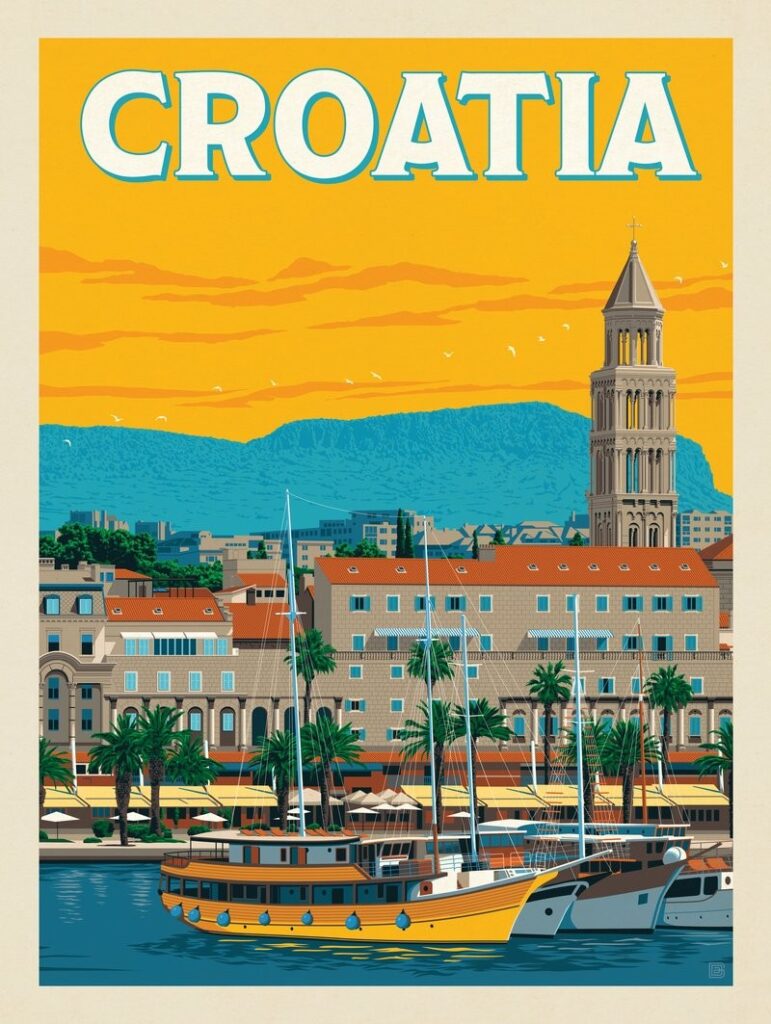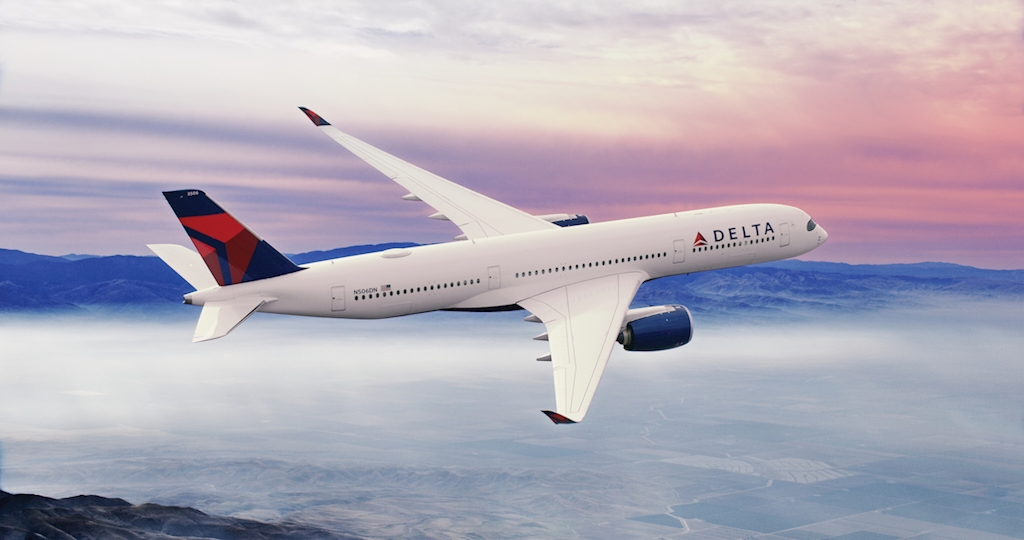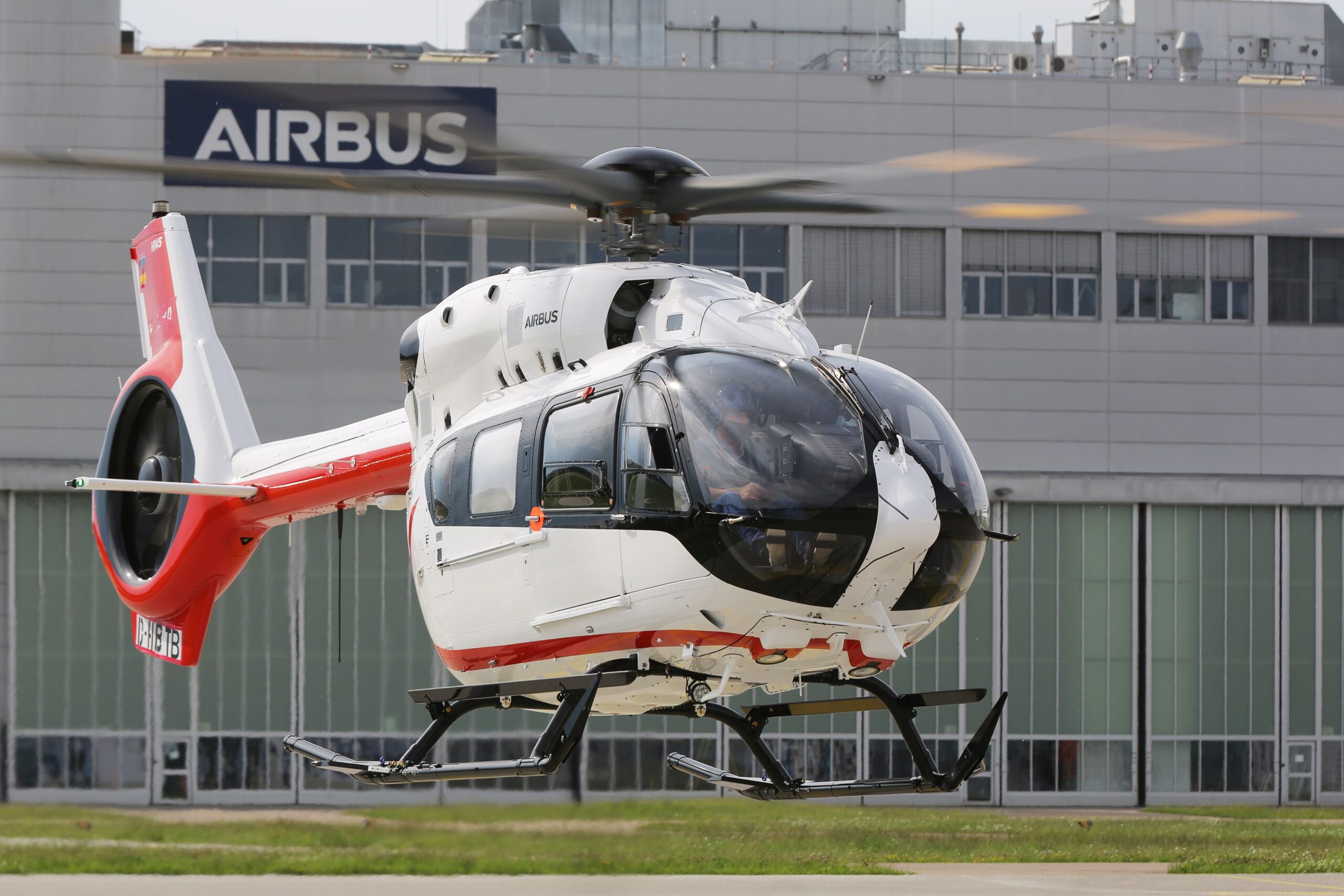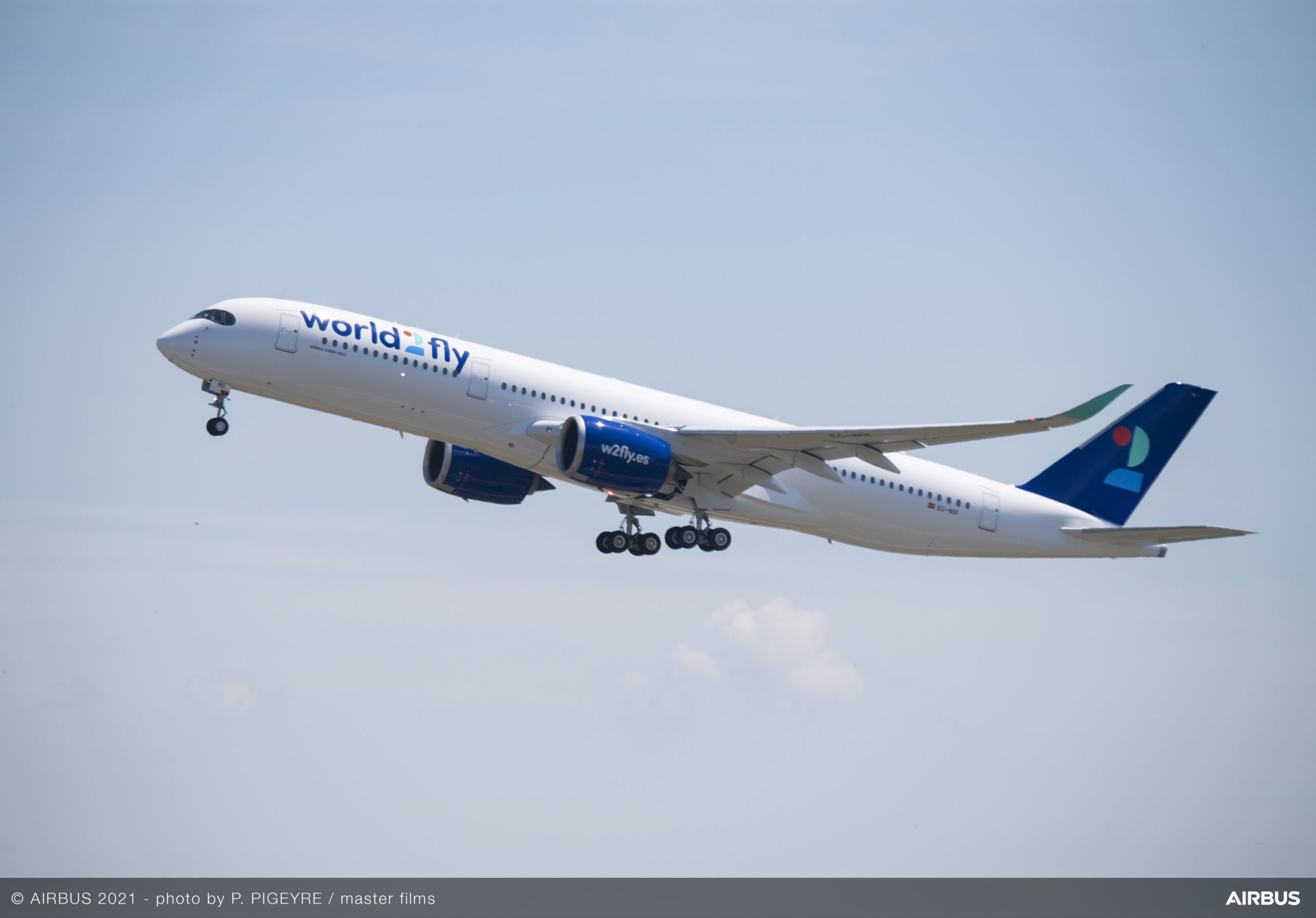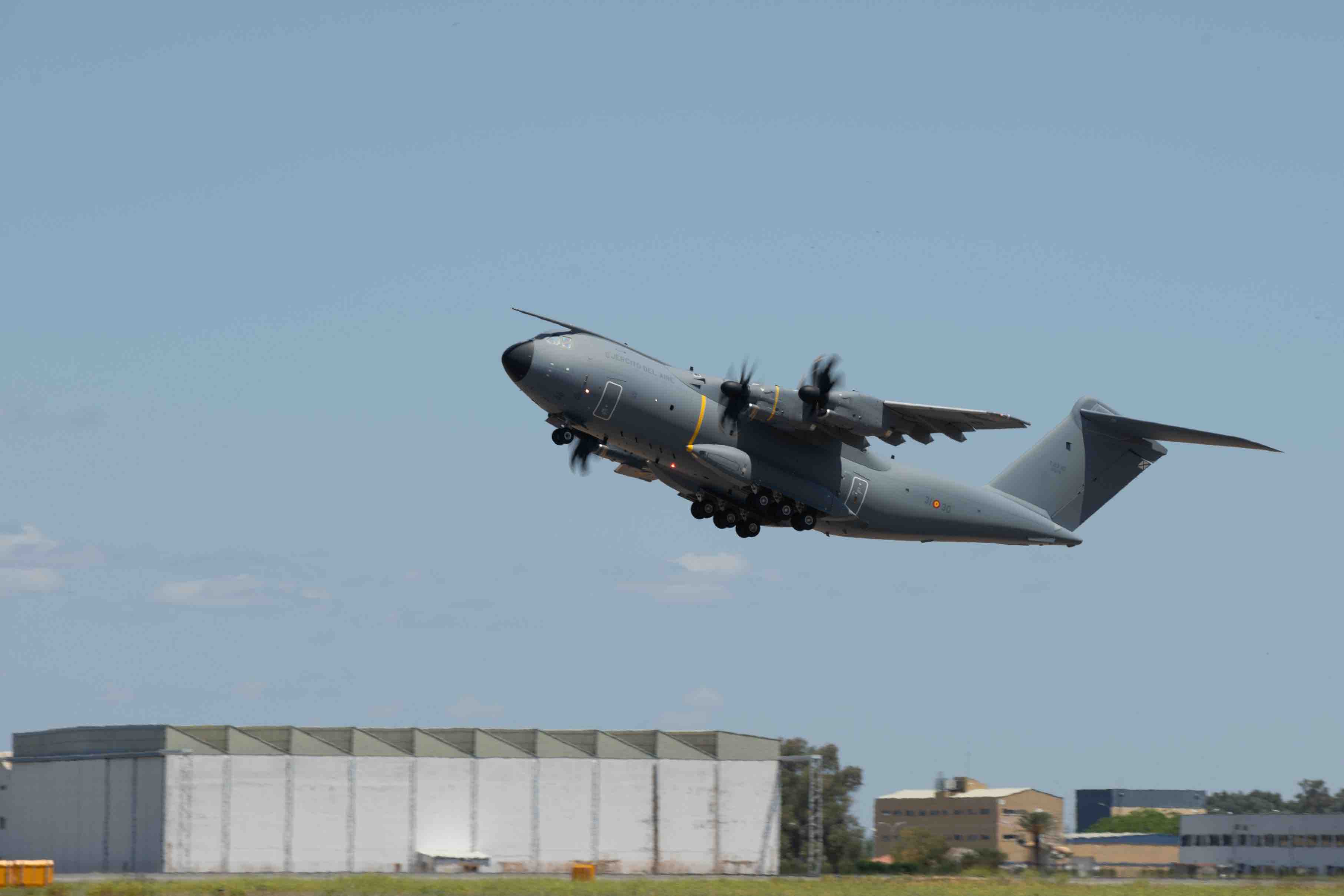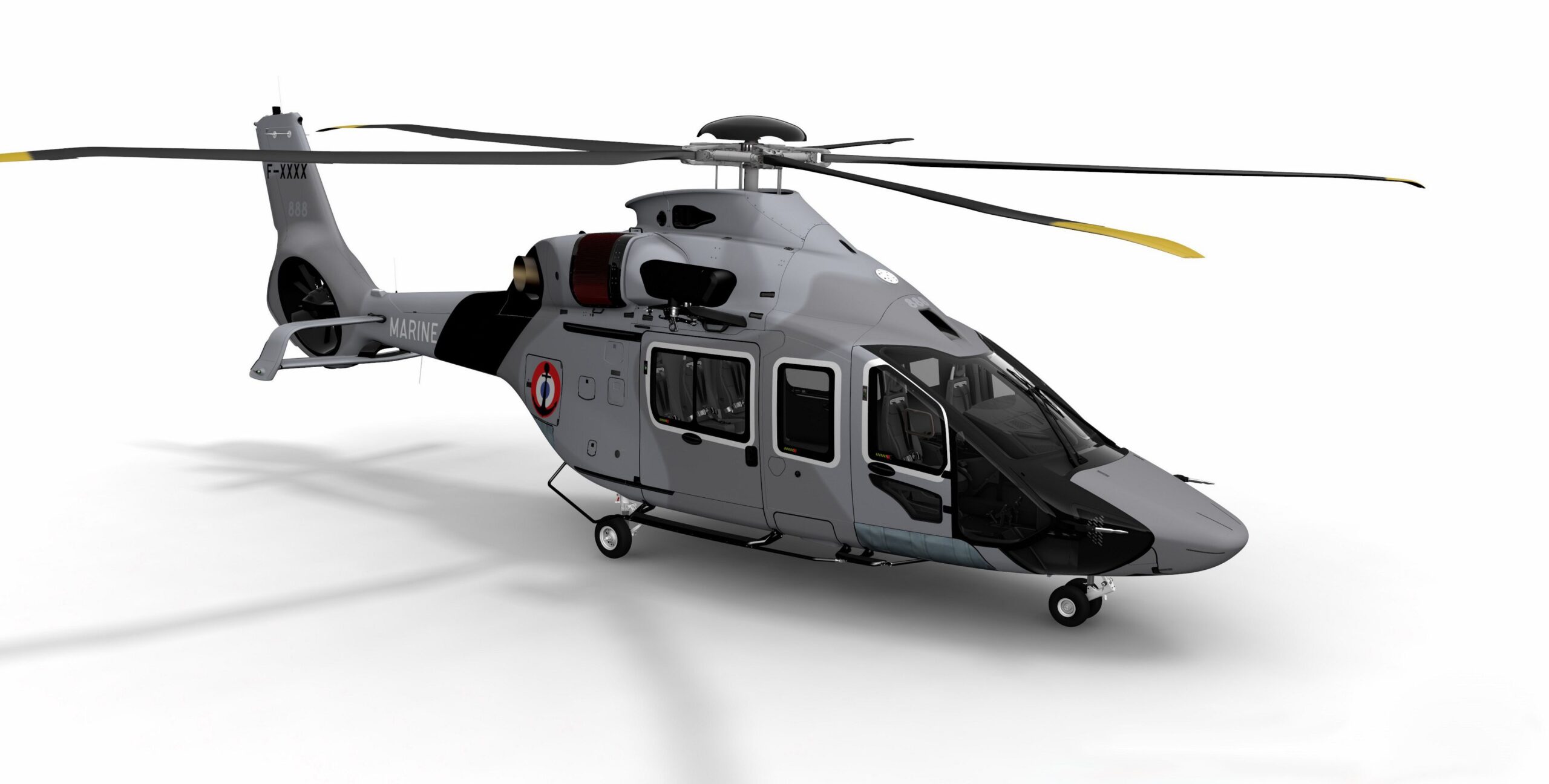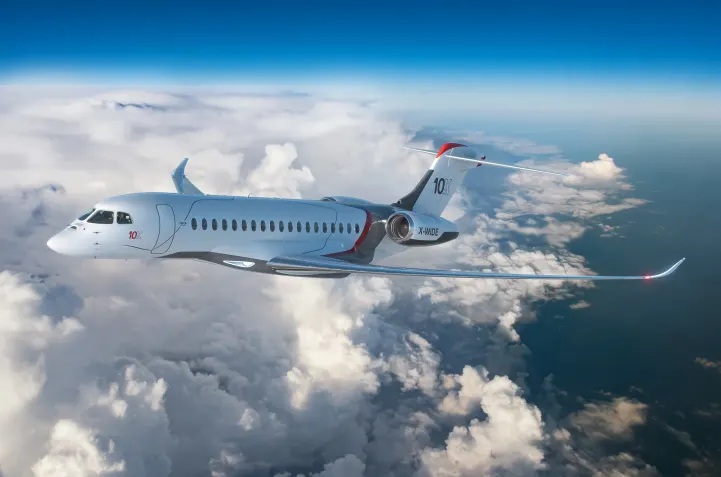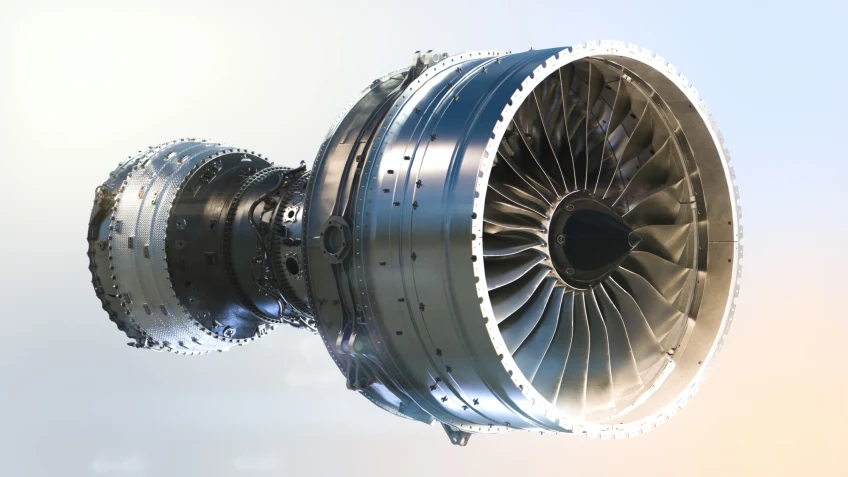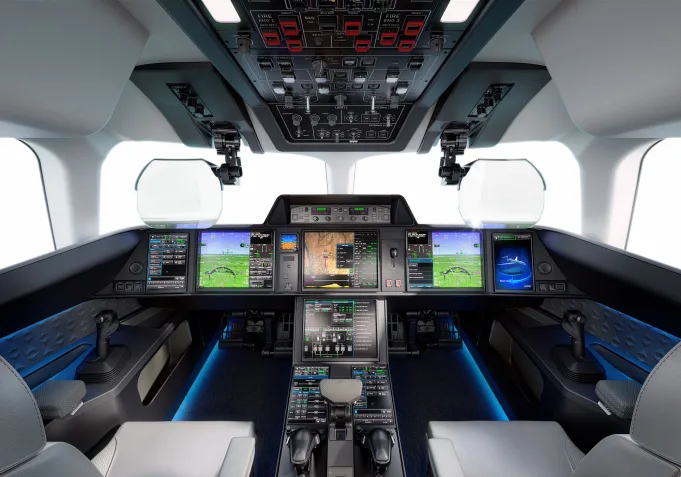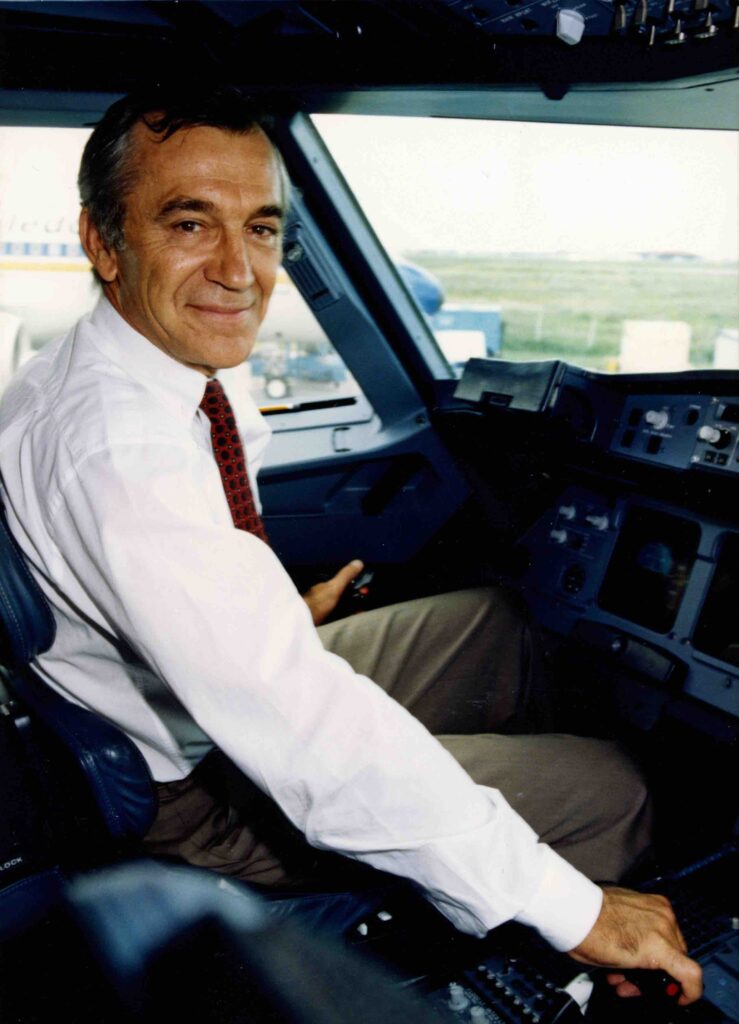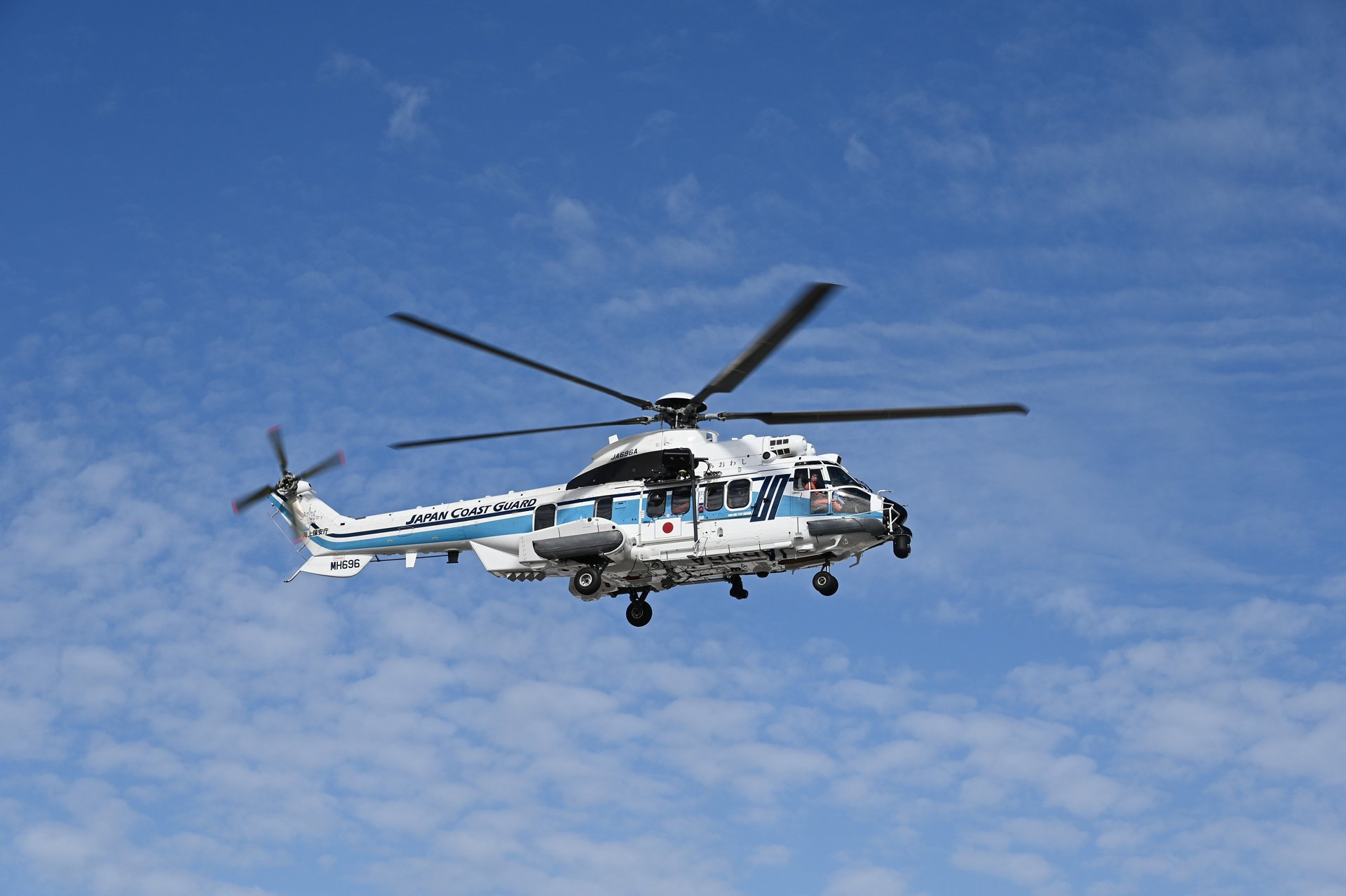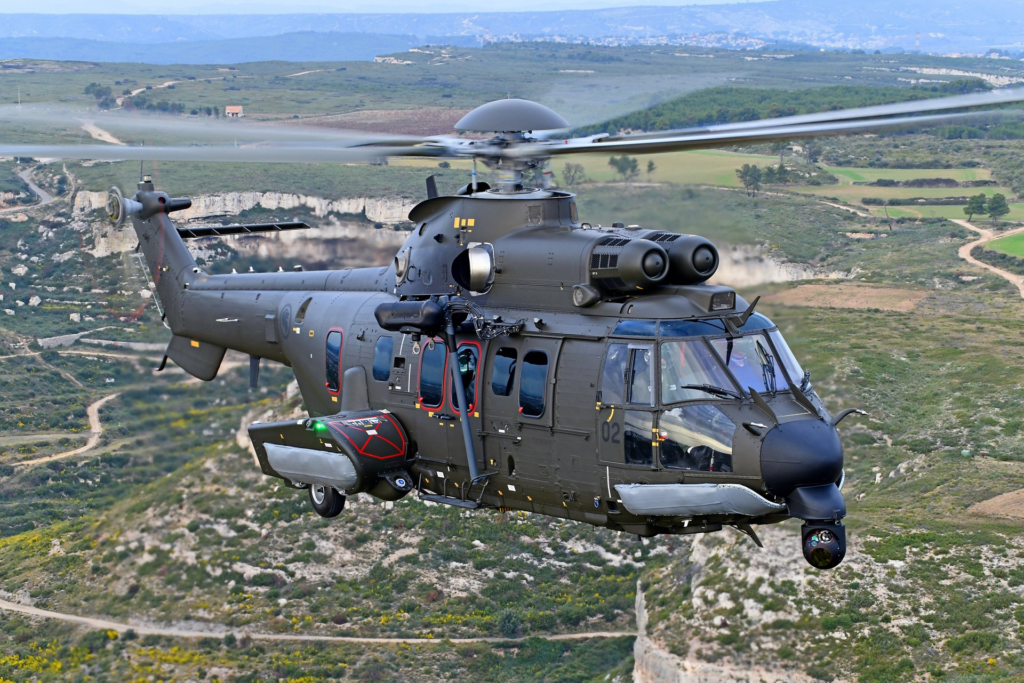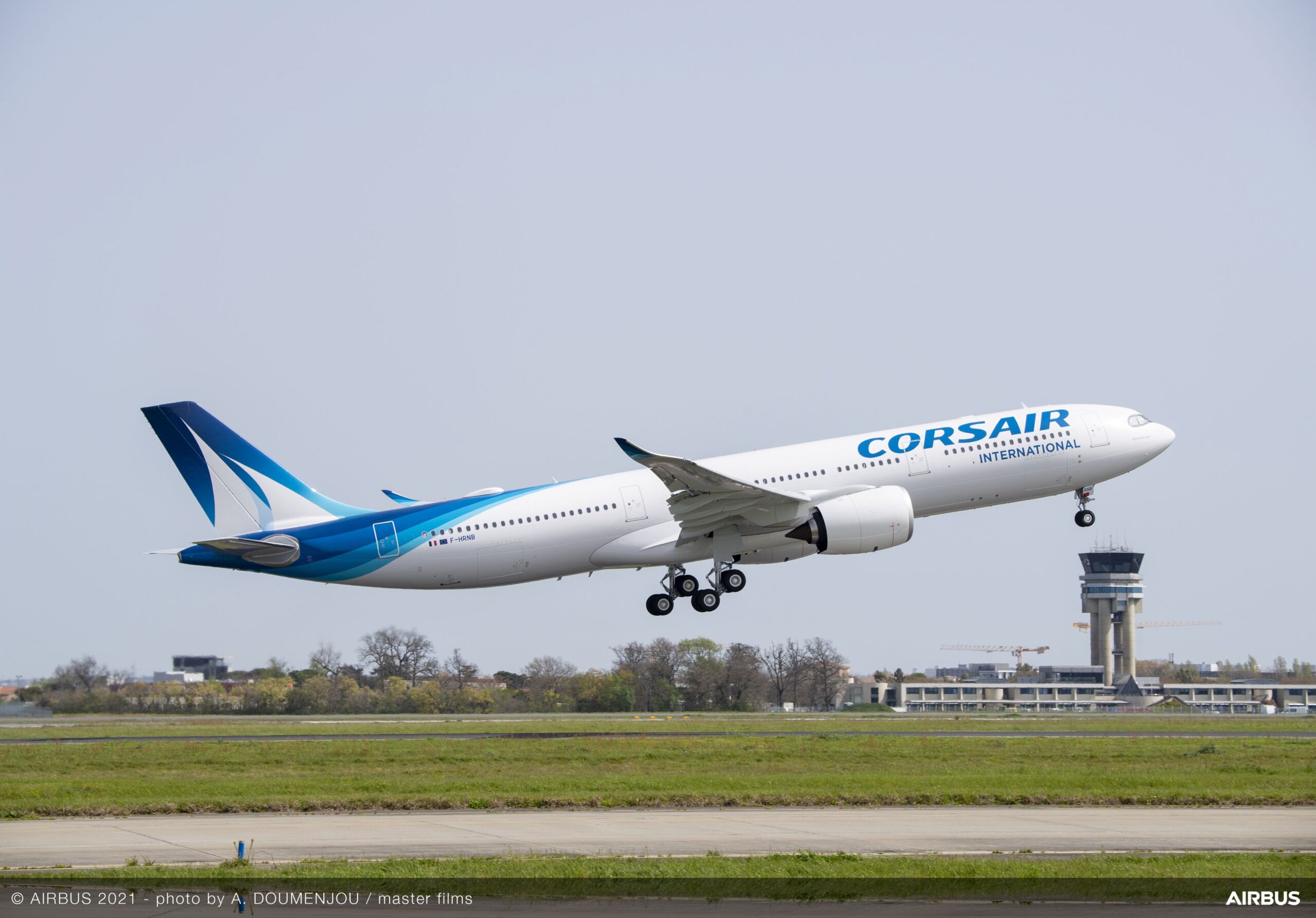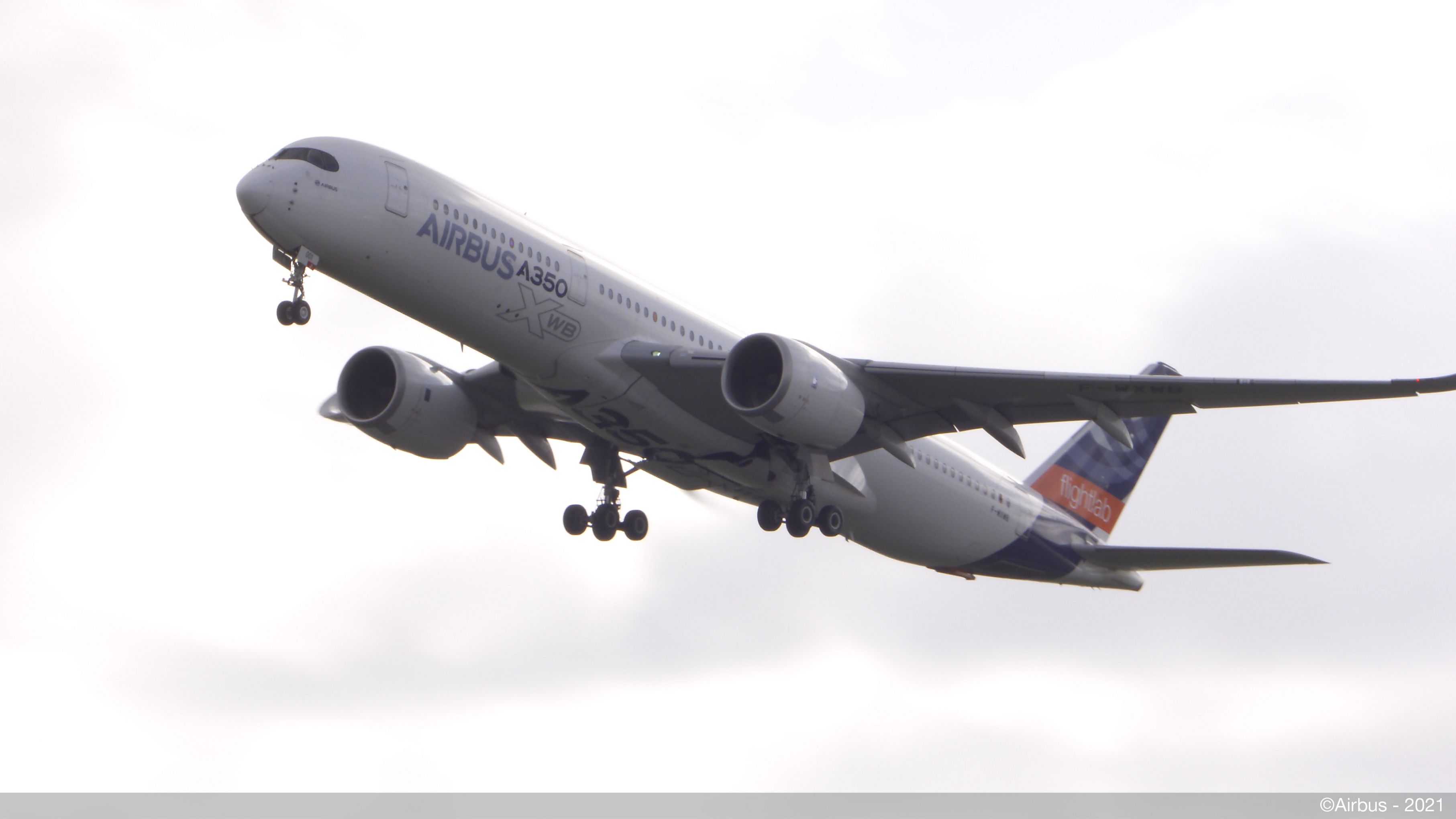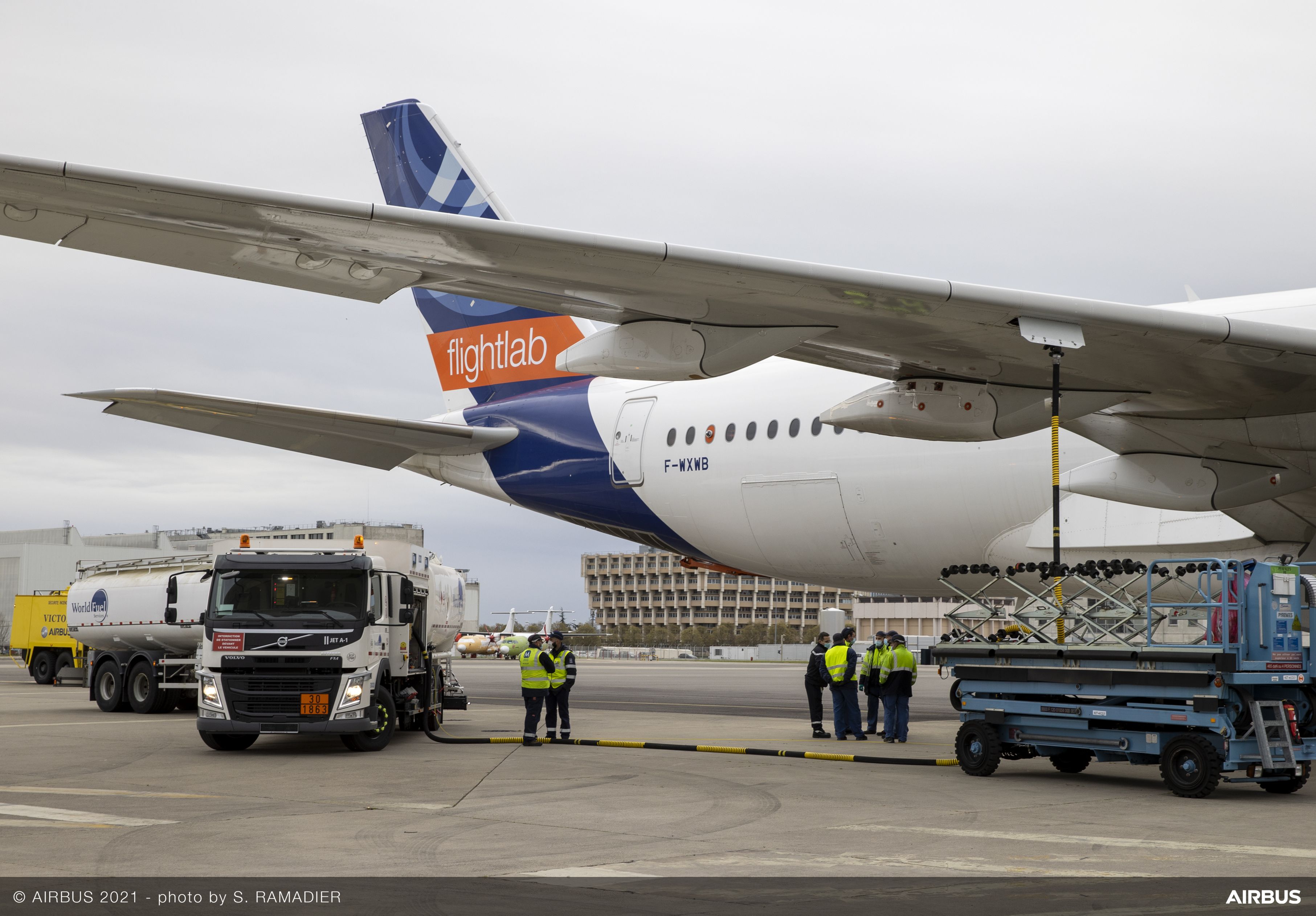Delta is counting down to the start of its new service to Dubrovnik on Friday, July 2, offering U.S. travelers more opportunities to reclaim the joy of travel this summer in one of Europe’s most intriguing nations.
Croatia is the first new European country to which Delta will begin service since the start of the pandemic. Its customers are eagerly awaiting the opportunity to discover the country. The airline will operate four weekly nonstop services between Dubrovnik and New York-JFK, with departures on Wednesdays, Fridays, Saturdays and Sundays. Flights are operated in conjunction with Delta’s European partners Air France, KLM and Virgin Atlantic.
Data from the World Travel and Tourism Council reports that tourism represents 25 percent of Croatia’s GDP. Pre-pandemic, the number of U.S. tourists to Croatia was on the rise, with more than 550,000 visitors in 2018 – a 23 percent increase over 2017, according to the Ministry of Tourism. Meanwhile, the Croatian Bureau of Statistics reported that 10 percent of all visitors to Dubrovnik came from the U.S. in 2019, which is the second-largest source market.
Customers flying from Croatia can connect at Delta’s JFK hub to more than 30 cities across the U.S. within four hours of arrival, enabling them to reach their final destination the same day. The service also provides cargo opportunities for freight forwarders to conveniently transport goods between the nations.
In line with local entry guidelines, all customers must show proof of full vaccination status, have a negative PCR test or proof of recent COVID-19 recovery before boarding in the U.S. While the U.S. is open to visitors from Croatia, Delta recommends that customers check entry requirements before travel. Details are available on the Delta Discover Map on delta.com. The airline continues to offer more flexibility than ever to plan and rebook tickets with an industry-leading travel credit extension for all tickets expiring in 2021 and all tickets purchased in 2021 through Dec. 31, 2022.
